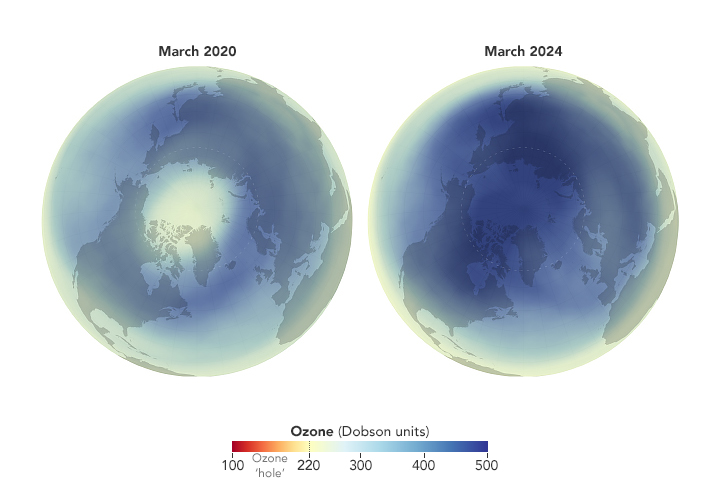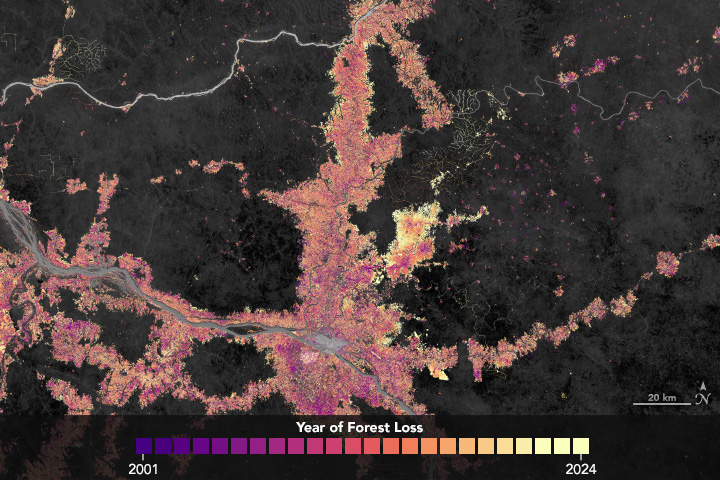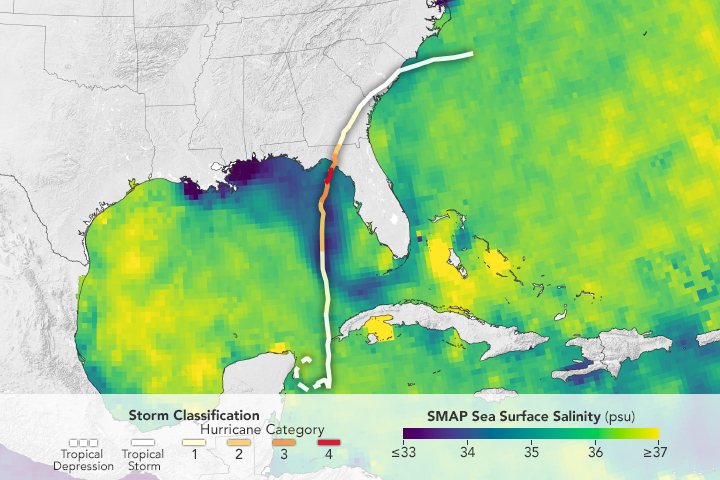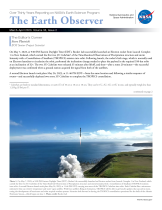



Recent Imagery
You will be directed to the NASA Visible Earth webpage when you select Images by Mission below, or click on the images at right that are randomly generated to represent four out of all possible topics.
The Earth Observer has a new look! Visit the NEW Earth Observer website.
The Earth Observer: Mar - Apr, 2023
In This Issue
Click title below to view page
- Feature Articles
- TEMPO: Revolutionizing Atmospheric Chemistry Measurements from Space5
- Meeting Summaries
- NASA’s Land-Cover and Land-Use Change Science Team Celebrates 25 Years12
- Summary of the 2022 Precipitation Measurement Mission Science Team Meeting25
- In The News
- NASA-Funded Scientists Estimate Carbon Stored in African Dryland Trees31
- NASA Space Mission Takes Stock of Carbon Dioxide Emissions by Countries33
- NASA Uses 30-Year Satellite Record to Track and Project Rising Seas35
- Regular Features
- NASA Earth Science in the News37
- Earth Science Meeting and Workshop Calendar39
The Editor's Corner
Steve Platnick, EOS Senior Project Scientist
On May 7, 2023, at 9:00 PM Eastern Daylight Time (EDT), Rocket Lab successfully launched an Electron rocket from Launch Complex 1 in New Zealand, which carried the first two 3U CubeSats1 of the Time-Resolved Observations of Precipitation structure and storm Intensity with a Constellation of Smallsats (TROPICS) mission into orbit. Following launch, the rocket’s kick stage, which is normally used on Electron launches to circularize the orbit, performed the inclination change needed to place the payload in the required 550-km orbit at an inclination of 32º. The two 3U CubeSats were released 35 minutes after liftoff, and then—after a tense 20 minutes—the successful deployment was confirmed when a ground station acquired the signal from both of the satellites. A second Electron launch took place May 26, 2023, at 11:46 PM EDT—from the same location and following a similar sequence of events—and successfully deployed two more 3U CubeSats to complete the TROPICS constellation.
Read more...

